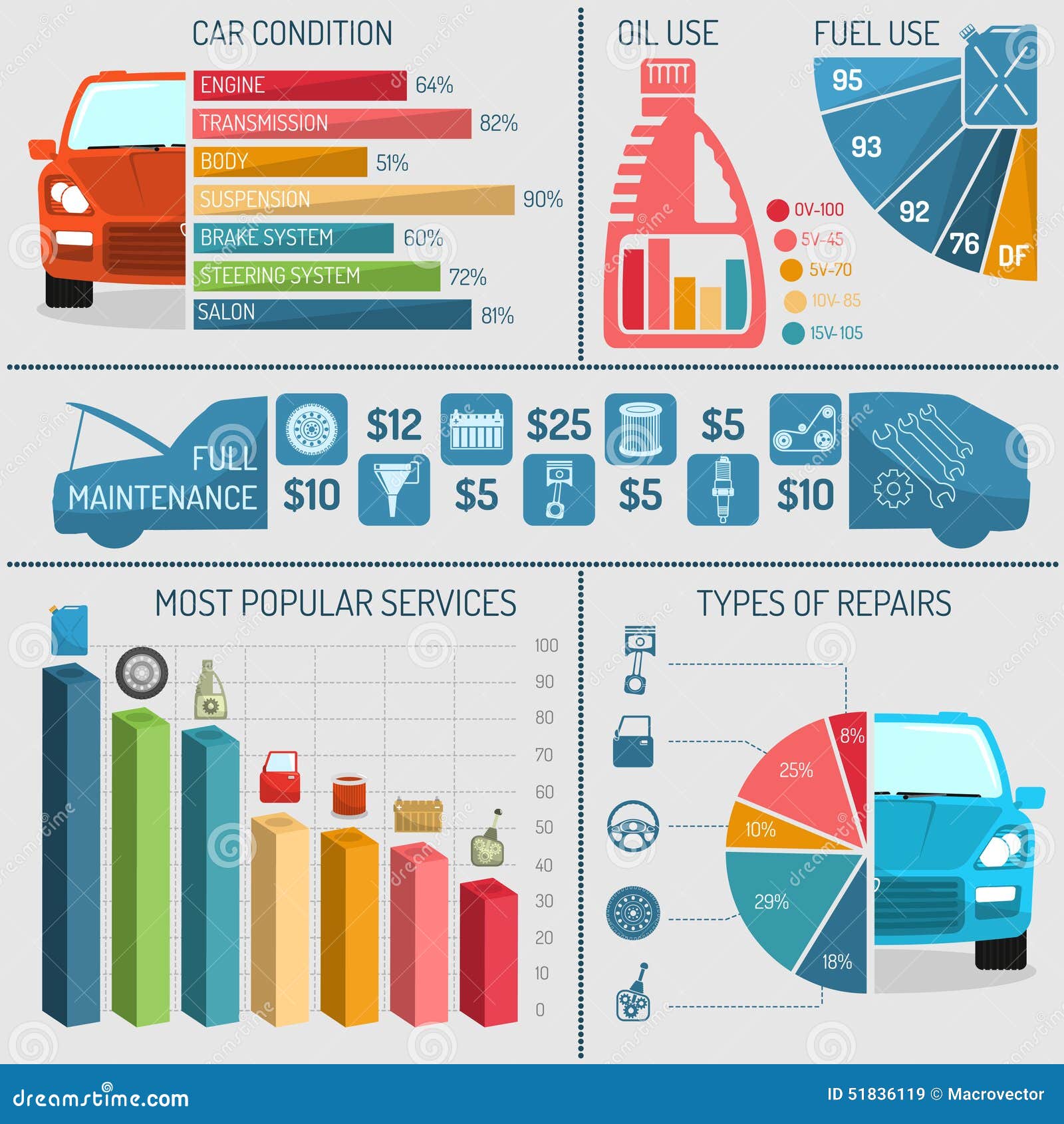Examining Your Auto'S Warning Indicators: What They Actually Communicate
Examining Your Auto'S Warning Indicators: What They Actually Communicate
Blog Article
Web Content Develop By-Boye Dalgaard
When you lag the wheel, those glowing warning lights on your control panel can be a little bit bewildering. Do you recognize what they're trying to inform you regarding your car's health? Understanding the significance of these lights is crucial for your safety and the long life of your car. So, the following time one of those lights pops up, would not you intend to analyze its message properly and take the essential actions to address it?
Common Caution Lights and Interpretations
Recognize usual caution lights in your vehicle and understand their definitions to make sure safe driving.
The most typical caution lights include the check engine light, which indicates concerns with the engine or discharges system. If this light comes on, it's important to have your vehicle examined quickly.
The oil pressure alerting light suggests low oil stress, needing prompt attention to prevent engine damage.
A blinking battery light might suggest a defective charging system, potentially leaving you stranded if not dealt with.
The tire stress tracking system (TPMS) light alerts you to low tire pressure, affecting vehicle security and gas efficiency. Neglecting this might lead to risky driving problems.
The abdominal light suggests an issue with the anti-lock stopping system, jeopardizing your capability to quit quickly in emergencies.
Last but not least, the coolant temperature alerting light warns of engine getting too hot, which can result in severe damages otherwise resolved quickly.
Recognizing these usual caution lights will help you deal with problems immediately and maintain safe driving conditions.
Value of Prompt Attention
Recognizing the common caution lights in your automobile is just the first step; the importance of promptly attending to these warnings can not be emphasized enough to guarantee your safety and security when driving.
When a warning light illuminates on your dashboard, it's your vehicle's way of interacting a possible problem that needs interest. Neglecting these warnings can cause more serious troubles later on, endangering your safety and possibly costing you much more in repairs.
Motivate interest to advising lights can protect against break downs and crashes. For instance, a blinking check engine light can indicate a misfire that, if left ignored, might create damage to the catalytic converter. Addressing this immediately can save you from a pricey repair work.
Similarly, a brake system advising light could signal reduced brake fluid or worn brake pads, important elements for your security when driving.
Do It Yourself Troubleshooting Tips
If you notice a caution light on your control panel, there are a couple of do it yourself fixing ideas you can attempt before seeking professional help.
The very first step is to consult your auto's guidebook to recognize what the particular caution light indicates. In some cases the problem can be as basic as a loose gas cap activating the check engine light. Tightening up the gas cap might deal with the problem.
mobiledetailingauckland is a low battery, which can trigger numerous advising lights. Checking wax detailing for corrosion and ensuring they're safe may repair the issue.
If a caution light continues, you can try resetting it by disconnecting the auto's battery for a few minutes and then reconnecting it. In addition, examining your car's fluid levels, such as oil, coolant, and brake liquid, can aid repair warning lights connected to these systems.
https://www.popularmechanics.com/cars/a39504408/how-to-improve-your-vehicles-gas-mileage/
In conclusion, understanding your cars and truck's caution lights is crucial for maintaining your vehicle running smoothly and securely. By quickly attending to these alerts and recognizing what they imply, you can avoid pricey repairs and possible breakdowns.
Keep in mind to consult your auto's guidebook for certain details on each warning light and do something about it as necessary to make sure a trouble-free driving experience.
Remain educated, stay safe when traveling!
